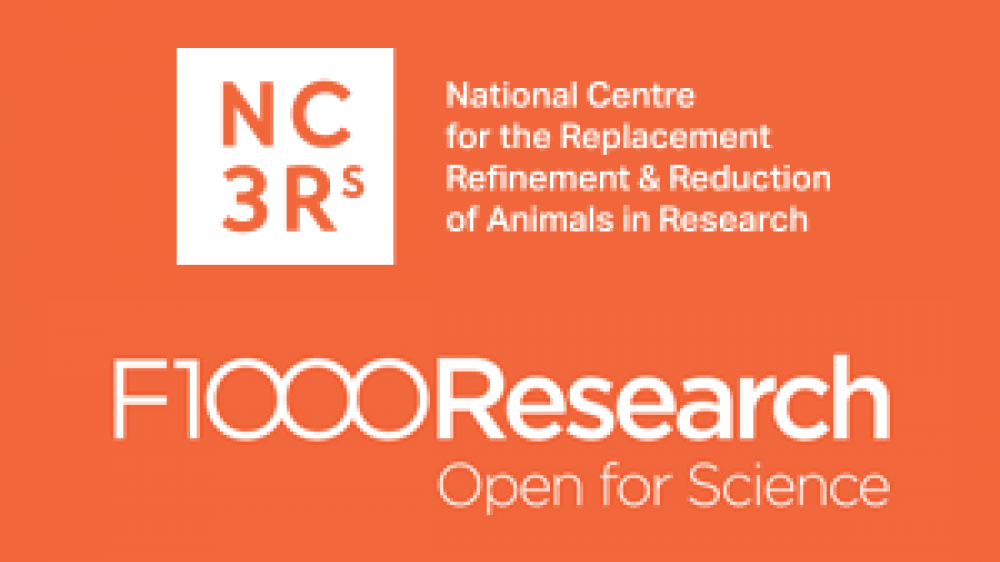A new partnership with F1000Research

In her latest blog, NC3Rs Chief Executive, Vicky Robinson, describes our new collaboration with F1000Research to develop a portal for NC3Rs grant holders to publish details on their 3Rs method development.
We have recently published the NC3Rs strategy which sets out our ambitions for the next three years. A major theme running through the strategy is addressing the lag between the development of 3Rs models and approaches and their adoption by other researchers into routine practice. There are a number of reasons for what we are referring to as the 3Rs “valley of death”, which include a lack of awareness of, or confidence in, new approaches and how they can be used to improve scientific outcomes as well as minimise animal use or suffering.
One barrier that needs tackling is the lack of published information on 3Rs models and approaches, including methodological and technical details, performance characteristics, and comparison with current state-of-the-art or gold standard models. Without this information it is almost impossible for other research groups to know what is available, let alone consider how it might be adopted in their lab.
Frustratingly, this gap in information sometimes also applies to the output of work funded by the NC3Rs. Our grant holders have excellent publication records but the 3Rs impacts are not always included in their papers even when the NC3Rs is acknowledged as the funder of the work. We recently asked for feedback on this issue in our annual data collection through ResearchFish. Although only a snapshot, there was a common trend to the feedback which included journals and referees asking for references to the 3Rs to be cut, and animal work being seen as more credible than in vitro studies and therefore easier to publish.
While it is of course important that exciting scientific findings arising from NC3Rs funding are routinely published, it is a missed opportunity for achieving a 3Rs legacy to not report the model development itself. To address this we have established a new collaboration with F1000Research to set up an NC3Rs Gateway – a dedicated portal for NC3Rs grant holders to publish what they achieved in enough detail to demonstrate the utility of the 3Rs model or approach and where appropriate how they have tested it. The Gateway will ensure that all the research we fund can be published, regardless of the outcome, as well as providing an opportunity to better showcase our 3Rs impacts.
F1000Research is a new breed of publication. It is open access with fast turnaround and transparent peer review that happens after publication (following editorial checks). The journal doesn’t have an impact factor which we know will cause some consternation. That said, increasingly a journal’s impact factor is no longer seen as a “kitemark” for the quality of the papers it publishes. Major funders such as Wellcome and the Gates Foundation have collaborations with F1000Research so a precedent has been set. Papers receive a digital object identifier (doi), and subject to satisfactory reviews are indexed in PubMed so can be included in the REF.
Feedback from our grant holders about this new collaboration has been very positive, with recognition that F1000Research provides them with new opportunities, including the option to upload videos. We understand the need to be flexible, for example, in terms of timing to allow studies using the model or approach to be published elsewhere. Over the next few months we will be finalising details and our intention is to consult as far as possible with our grant holders before a launch early next year. This is a great opportunity for increasing the profile of 3Rs research and encouraging others to consider whether the new models and approaches being developed with NC3Rs funding could support their research. More broadly, the NC3Rs/F1000Research Gateway will enable others interested in the science we fund, from regulators to ethics committee members, to get a better idea of 3Rs models and approaches (including their strengths and limitations) available across a range of research areas.
